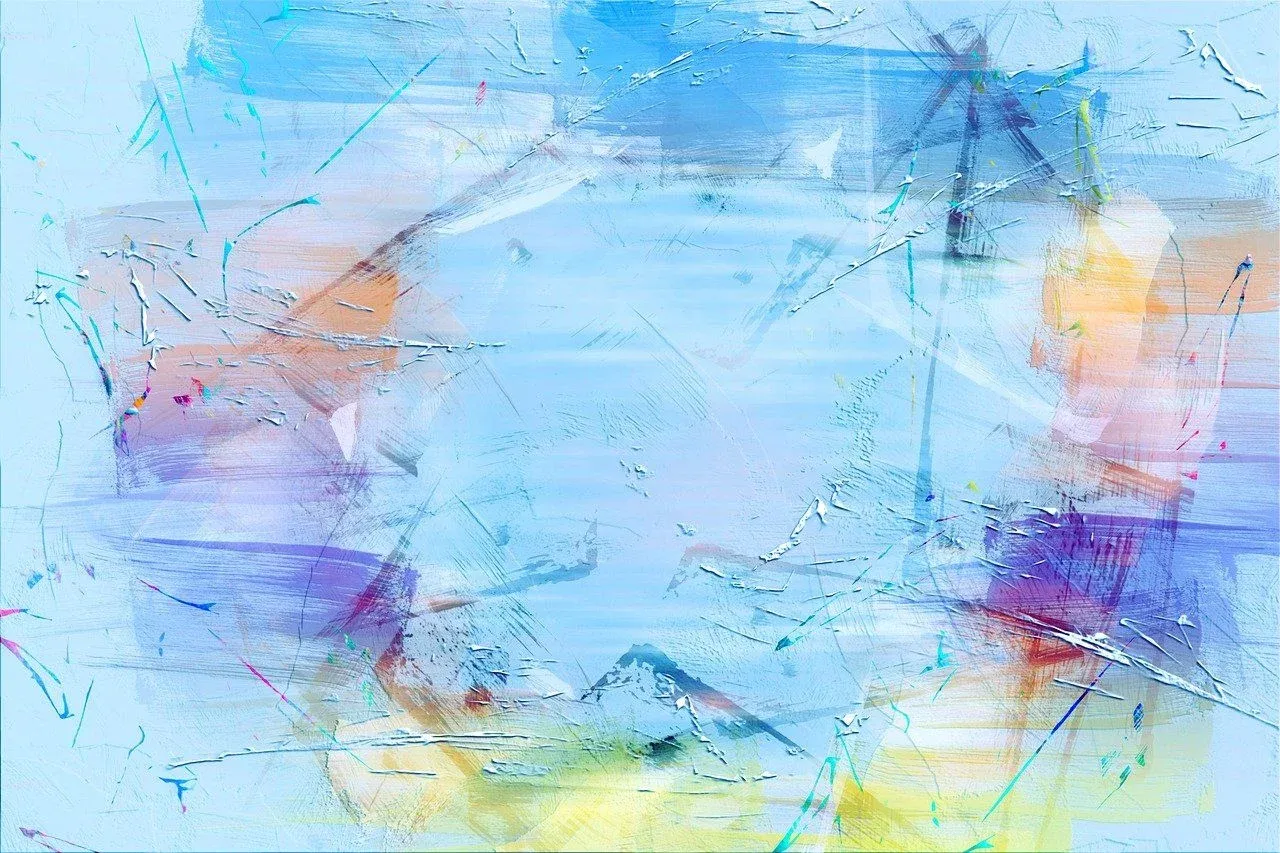Connecting with Art
When faced with an abstract work of art, characterized by non-figurative forms, colors, and lines, it is natural to feel initially disoriented or unsure how to approach its interpretation. The absence of recognizable subjects can lead one to think that the work is chaotic or meaningless.
However, the way we observe these works profoundly influences our aesthetic experience. Learning to see with a more open and creative perspective can reveal unexpected levels of meaning and sensations. This article proposes a simple mental exercise to stimulate the creative part of the brain, helping you to explore and appreciate abstract art in a richer and more personal way.
Observing Art with Creativity

To get closer to the work, try following these steps:
- First of all, relax your mind by letting go of any thoughts that might distract you. Take a few deep breaths to achieve a state of calm and mental openness.
- Look at the painting without prejudice and without trying to analyze or decipher every detail. Try to perceive it as a unified whole rather than a sum of separate elements.
- Allow your imagination to flow freely: let evocative forms, colors, and lines stimulate personal feelings and emotions.
- Change your perspective by observing the work from different distances and angles, even tilting your head or squinting. Often a new point of view reveals new connections and meanings.
- Also consider the context of the work: the technique used, the materials, the era in which it was created can enrich your understanding and appreciation.
Awakening Creative Potential
The exercise described stimulates the creative part of the brain, which is fundamental for the non-linear and intuitive perception of art. This ability allows us to create new connections between visual elements, emotions, and ideas, going beyond a simple rational reading.
Training this approach not only improves artistic enjoyment but can also positively influence creativity in other areas of daily and professional life.
We invite you to share in the comments the impressions, mental images, or emotions you felt while observing the painting. Every point of view enriches the dialogue and collective understanding of abstract art.
Scientific Insights
Neuroscientific studies suggest that the aesthetic experience involves different brain areas, including those related to emotion, memory, and complex visual perception. The ability to "see" beyond the immediate data promotes a state of flexible attention and cognitive openness, key elements for creativity and aesthetic appreciation.
For this reason, exercises of mindful and non-judgmental observation are also often used in educational and therapeutic contexts to stimulate higher cognitive functions.